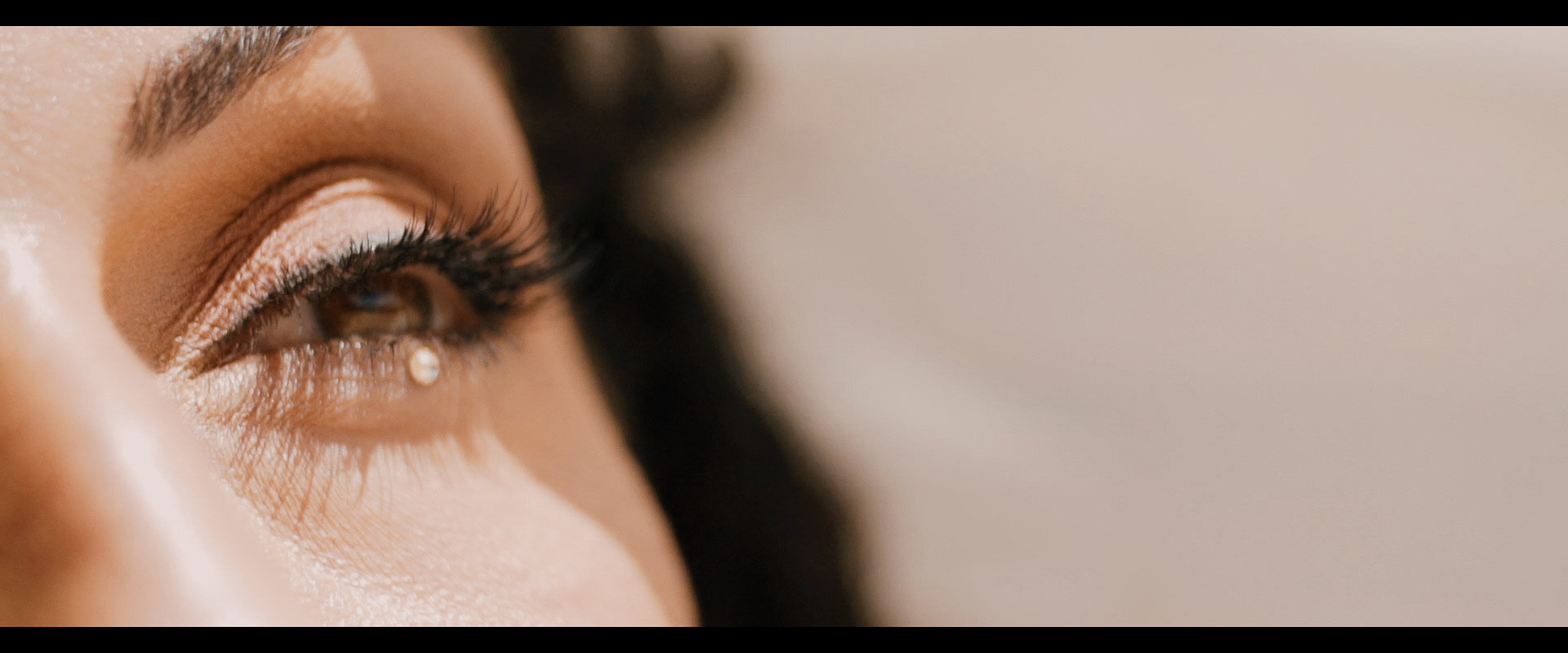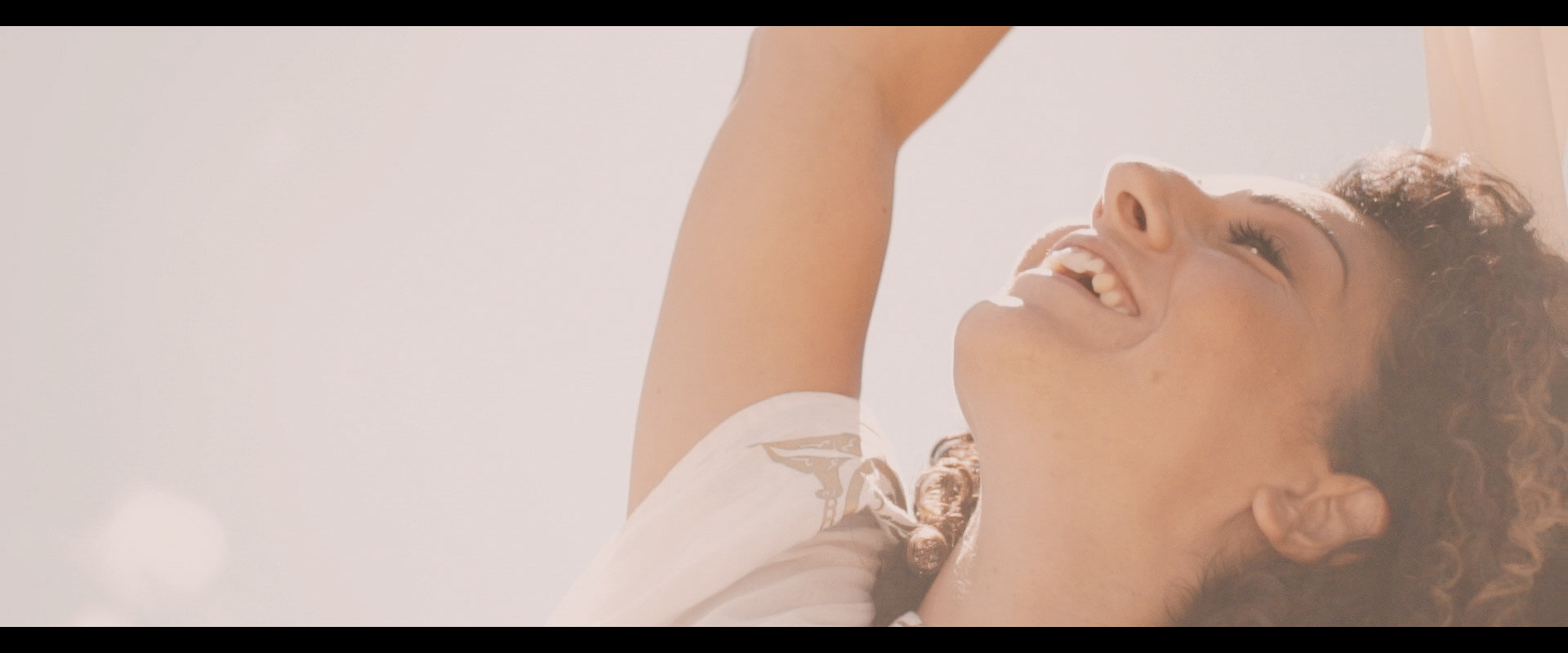Bint El Balad is a celebration of women of South West Asian and North-African descent born in the diaspora. It celebrates women who dance between worlds and are transformed. The song brings together Nadine Altounji, Nadia Bashalani and Dana El Masri, three women whose roots run deep into the rich soil of their parents’ Syrian, Lebanese and Egyptian homelands. Nadia and Dana are lead vocalists, while Nadine and Mark Alan Haynes together wrote and arranged the music. Nadine also plays the oud, an instrument which was also played by her great-grandfather from Aleppo and which she’s spent the past three years learning, Bint El Balad is a celebration of women of South West Asian and North-African descent born in the diaspora. It celebrates women who dance between worlds and are transformed. The song brings together Nadine Altounji,Nadia Bashalani and Dana El Masri, three women whose roots run deep into the rich soil of their parents’ Syria, Lebanon and Egypt homelands. Nadia and Dana are the lead vocalists on the song, and Nadine and Mark Alan Haynes wrote and arranged the music. Nadine also plays the oud on Bint El Balad, an instrument she’s spent the past three years learning, which her great-grandfather from Aleppo also played”
Nadine suggested the concept and title Bint El Balad, which is also the song’s chorus, but it was Nadia and Dana who wrote the song’s lyrics. Inspired by the title of the 1955 Egyptian film Bint el balad (or Country Girl in English), the song references how the trope of the bint el balad in Egyptian film was itself changed when a regime change brought state control of cinema and, inextricably, control of the depiction of women. Nadine felt a desire to liberate the bint el balad from the authoritarian male gaze, to reimagine her through the loving gaze of women. This desire led her to ask, “who is a bint el balad in the modern age?” This song is both the question and the answer.
Shot and edited by Victorine Sentilhes, the video for Bint El Balad features Nadine, Nadia and Dana. It portrays the evolution of the bint el balad from the past into a modern, liberated incarnation of the dancer, her clothing reflecting this transformation. Above all, it is a celebration of women, not as objects to be gazed upon but as people to be celebrated. In this intimate world, these women of the diaspora sing and dance themselves into the wholeness of their being.
Up Next
Nadine Altounji met poet/dancer Marcia Castro Gamarra at a party in Cusco, Peru in 2018 and their connection was instant. The two women spent time together working on concepts for songs as they bonded over discussions about art, women’s rights, colonialism, dispossession, and privilege in addition to their individual personal experiences with dealing with the complexities of embodying and existing within intersecting cultures and identities. Marcia offered to write a poem for Nadine about the women’s rights protests that had been ongoing in the region. “I ran home and looked for inspiration,” recounts Marcia. “I watched the news and started to think, why are we protesting? What are we looking for? What happened to the women in the protests?”











